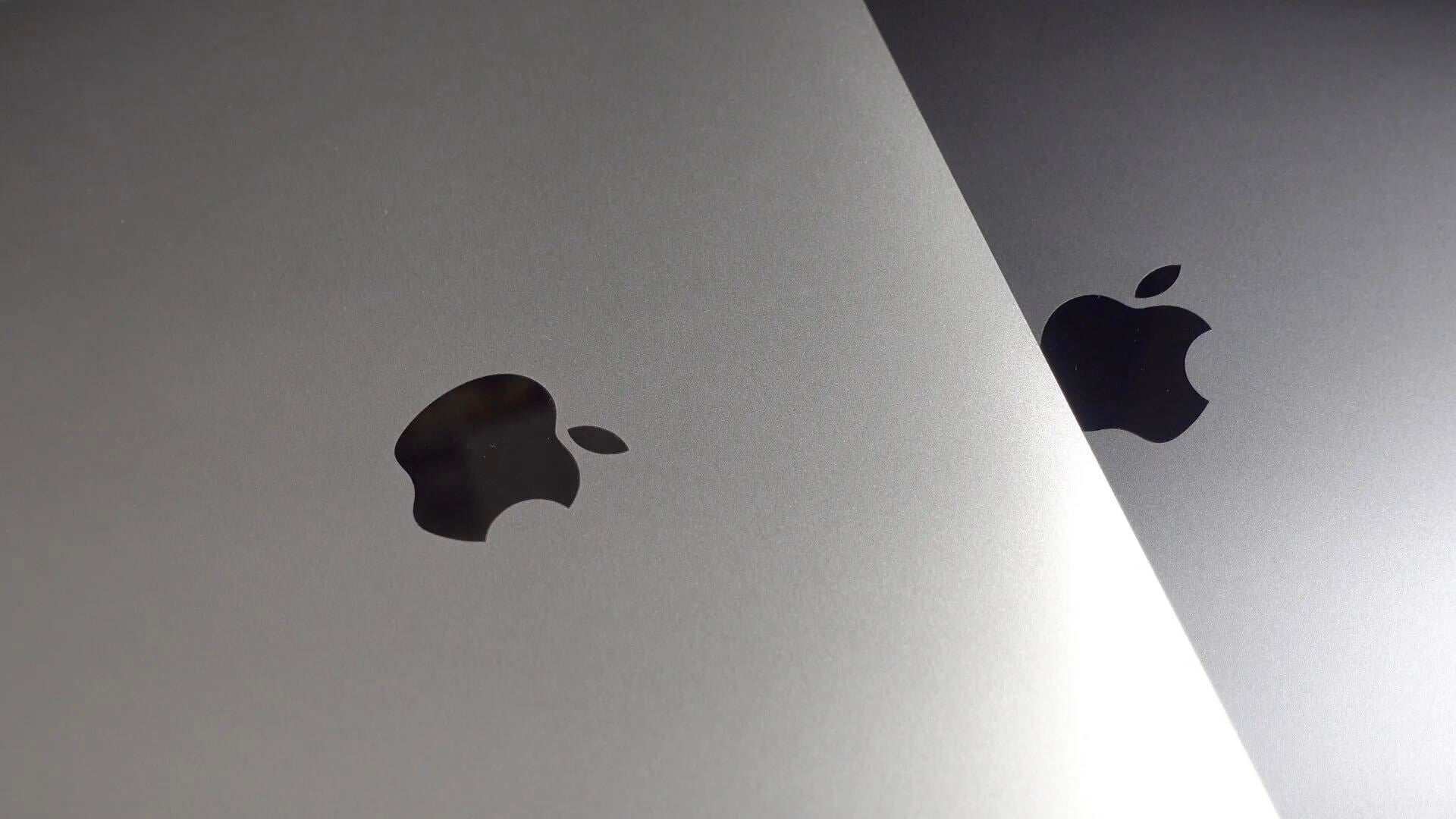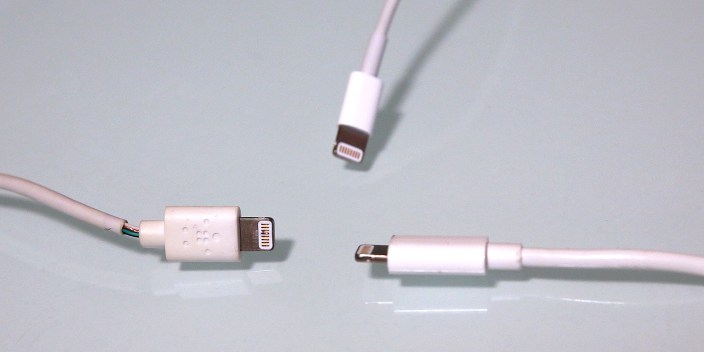PSA: Here’s how to keep Apple’s Lightning cables working with your iPad, iPhone + iPod

Less than two years after they each went into service, only one of the three Lightning cables pictured above is actually working properly. It’s not the big Belkin cable on the left, which is visibly pretty wrecked, or the thick, no-name 6-foot cable on the right, which looks fine on the surface but can’t properly supply power to a connected device. The one that works without problems is, amazingly, Apple’s official Lightning cable — the one that has been pilloried by numerous dissatisfied users, notably including our own Zac Hall, for coming apart after months or years of use.
These complaints aren’t without merit: even Apple-authorized Lightning cables do break, which is particularly infuriating given how expensive they tend to be. But there’s a lot of bad information about Lightning cables floating around right now, and having spent a lot of time using them and reading user complaints, I wanted to help people avoid some of their preventable failures. Taking a few precautions can save you a $10 to $20 replacement cost, as well as wasted time and stress…




 Update: ProtectCELL emailed us to say their press release contained the wrong figure (reading 54 percent instead of 46 percent). We have updated with the correct one.
Update: ProtectCELL emailed us to say their press release contained the wrong figure (reading 54 percent instead of 46 percent). We have updated with the correct one.